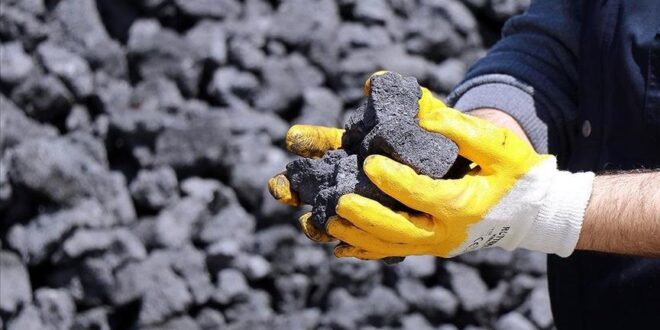China is building two-thirds of the coal-fired electricity generation capacity currently under construction globally, and this may not be as disastrous for the climate as it sounds.
The world’s largest producer and importer of coal has 136.24 gigawatts (GW) of coal-fired generation under construction, according to data released in July by the Global Energy Monitor.
This represents 66.7% of the global total of 204.15 GW, and China is streets ahead of second-placed India, with 31.6 GW being built and third-placed Indonesia with 14.5 GW.
These three countries represent 89% of the coal-fired plants currently under construction, and it’s not a coincidence that all of them have large populations, growing energy demand and vast domestic coal reserves.
China’s under-construction coal generation is about 12% of its existing capacity, and adding more coal-fired power would seem incompatible with the stated goal of achieving net-zero carbon emissions by 2060.
But it’s worth looking at China’s overall energy demand, including its status as the world’s largest importer of crude oil.
The large coal-fired construction programme can be seen in the wider context of China’s rapid shift to electric vehicles and away from internal combustion engine (ICE) cars and trucks.
Sales of what China terms new energy vehicles (NEVs), which includes fully electric vehicles and types of hybrids, are surging, and accounted for 36.9% of total sales in August, according to data from the China Passenger Car Association.
A total of 1.94 million passenger vehicles were sold in China in August, the strongest month so far this year, with NEVs accounting for 716,000 of the sales.
Sales of NEVs have accelerated from under 5% of the total in January 2021, as car makers scaled up production, resulting in lower costs and improved availability.
It’s likely that China will continue to push ahead with the rapid switch to NEVs, given its leadership in mass producing these vehicles and the batteries that power them.
There is also an economic reason for China to encourage the switch to vehicles powered by electricity as it lessens the reliance on imported crude oil.
China’s imports of crude in the first eight months of 2023 were 11.4 million barrels per day (bpd), which if paid for at the current oil price would cost in the region of $250 billion.
It makes sense for China to cut its crude imports over time, as this lowers its import bill and reduces its energy reliance on countries such as Saudi Arabia and Russia, which have acted against China’s economic interest by tightening oil supply to drive prices higher.
It makes sense from an economic and geopolitical perspective to power China’s vehicle fleet using domestic electricity rather than imported crude oil.
Coal-Fired Cars
The question is then whether China can meet its climate goals by switching increasingly to NEVs, which will be powered by a coal-heavy electricity grid for decades to come.
China used coal for about 63% of its electricity generation in 2022, with hydropower coming in second at 14%, and other renewable energies such as wind generating 9% and solar 5%.
China is also the world’s biggest installer of renewable power sources and is expanding its nuclear fleet as well, but coal is expected to remain the bedrock of electricity production, even as its share of generation gradually decreases.
But even using a predominantly coal-fired grid to charge NEVs is better from a climate perspective, insofar as an electric vehicle powered by a 60% coal-fired grid will produce lower lifecycle emissions that a similar ICE vehicle.
A model developed by the U.S. Department of Energy’s Argonne National Laboratory shows that in a country with China’s power generation profile, a battery electric vehicle will have to drive 78,700 miles (125,900 km) before being cleaner than an ICE equivalent.
However, the average car will drive about 170,000 miles in its lifespan, meaning that the electric vehicle ends up being better for emissions than the ICE equivalent, even if powered by a predominantly coal-fired grid.
While it would obviously be better for the environment for China to stop building coal-fired power plants and instead accelerate the deployment of renewables, there is some logic to the current policy.
Using mainly domestic coal and some relatively low-cost imports will allow China to lower crude oil imports over time, increase the penetration of NEVs and have a lower emissions profile than if it carried on with a predominantly ICE vehicle fleet.

 Iran Energy News Oil, Gas, Petrochemical and Energy Field Specialized Channel
Iran Energy News Oil, Gas, Petrochemical and Energy Field Specialized Channel



